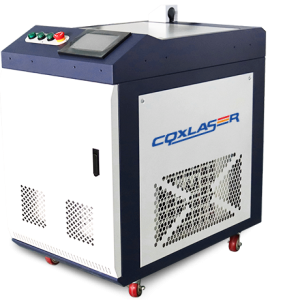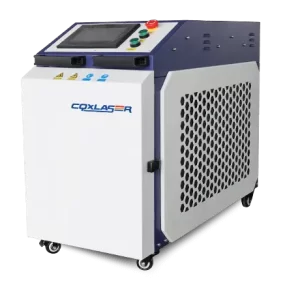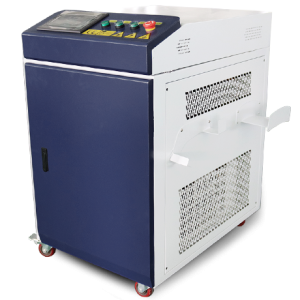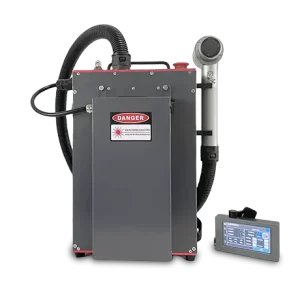The Ultimate Guide to Handheld Laser Welders: Precision and Portability in Welding
Laser welding technology has revolutionized modern manufacturing, offering unmatched precision and efficiency. Among its advancements, the handheld laser welder stands out as an essential tool for industries requiring flexibility and high-quality results. If you’re wondering how this innovative equipment can meet your needs, this guide provides a comprehensive overview.
What is a Handheld Laser Welder?
A handheld laser welder is a compact, portable device designed to perform welding tasks with the precision of laser technology. Unlike traditional welding tools, this machine offers high energy concentration, enabling clean and efficient welding without extensive post-processing.
Key Features and Benefits of Handheld Laser Welders
Portability and Flexibility
Handheld laser welders are lightweight, making them ideal for on-site repairs and maintenance. Their ergonomic designs ensure ease of use for prolonged periods.
High Precision Welding
Laser technology ensures minimal distortion, creating clean welds that require little to no finishing. This precision is particularly useful for intricate tasks in automotive, aerospace, and jewelry industries.
Energy Efficiency
With targeted energy application, handheld laser welders consume less power compared to traditional methods, reducing operational costs.
Versatility in Materials
These welders are compatible with a wide range of metals, including stainless steel, aluminum, copper, and more.
Applications of Handheld Laser Welders
From automotive repair to jewelry crafting, handheld laser welders find utility across various industries:
• Automotive: Welding small components or repairing vehicle parts.
• Construction: On-site welding for structural frameworks.
• Electronics: Precise welding for delicate components.
• Artisan Crafting: Jewelry and decorative metalwork require detailed welds that handheld lasers can achieve.
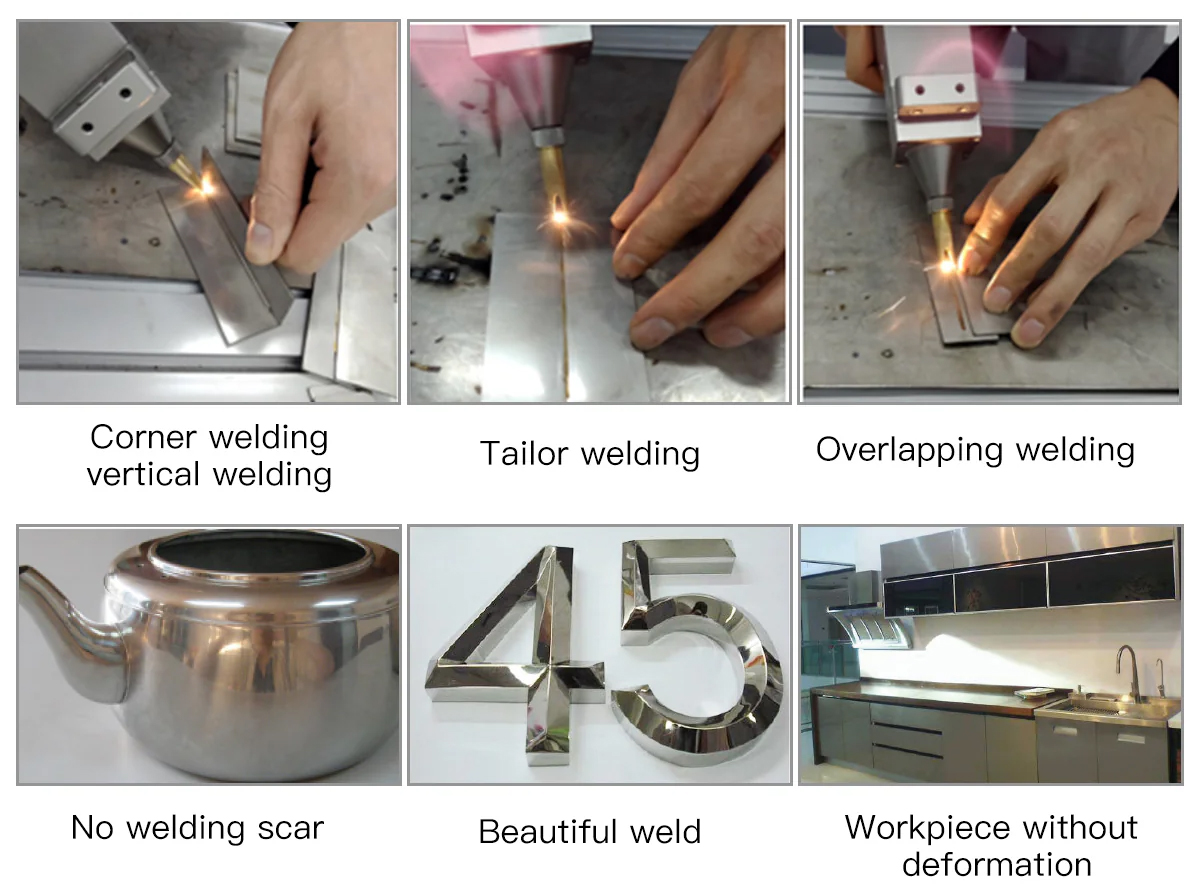
Comparing Handheld Laser Welders with Traditional Methods
Handheld laser welders are reshaping the welding industry. Here’s how they compare with conventional techniques:
| Feature | Handheld Laser Welder | Traditional Welding Methods |
|---|---|---|
| Precision | Extremely high | Moderate |
| Heat Application | Minimal heat-affected zone | Extensive heat dispersion |
| Post-Processing | Minimal required | Often necessary |
| Portability | Compact and lightweight | Typically cumbersome |
Choosing the Right Handheld Laser Welder
Selecting the best device involves considering the following factors:
Power Output
The machine’s power affects its ability to weld thicker materials.
Material Compatibility
Ensure the welder supports the materials you commonly work with.
User Interface
Opt for models with intuitive controls for easier operation.
Cooling System
An efficient cooling mechanism prevents overheating and ensures prolonged use.
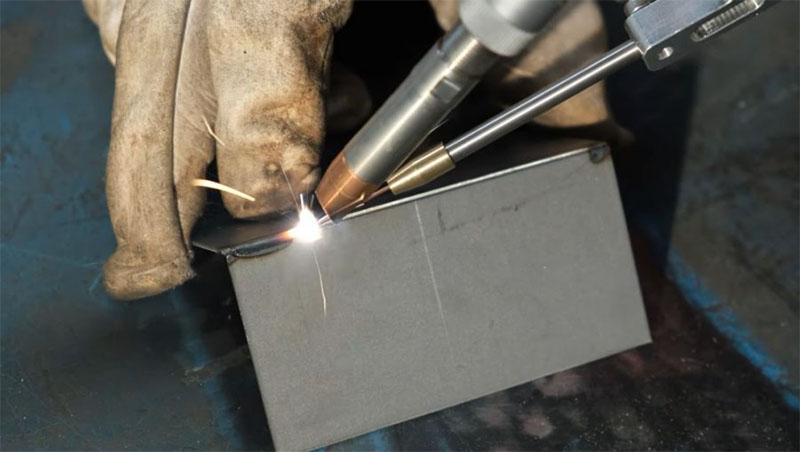
Maintenance Tips for Longevity
To maximize the lifespan of your handheld laser welder:
• Regularly clean the lens and protective glass to avoid dirt buildup.
• Inspect the laser’s cooling system periodically.
• Store the machine in a clean, dry environment to prevent corrosion.
The Future of Handheld Laser Welders
As industries push for more efficient and precise tools, handheld laser welders are expected to incorporate advancements such as AI-driven controls and improved energy efficiency. Their role in sustainable manufacturing is also anticipated to grow, supporting eco-friendly practices with reduced waste and energy consumption.
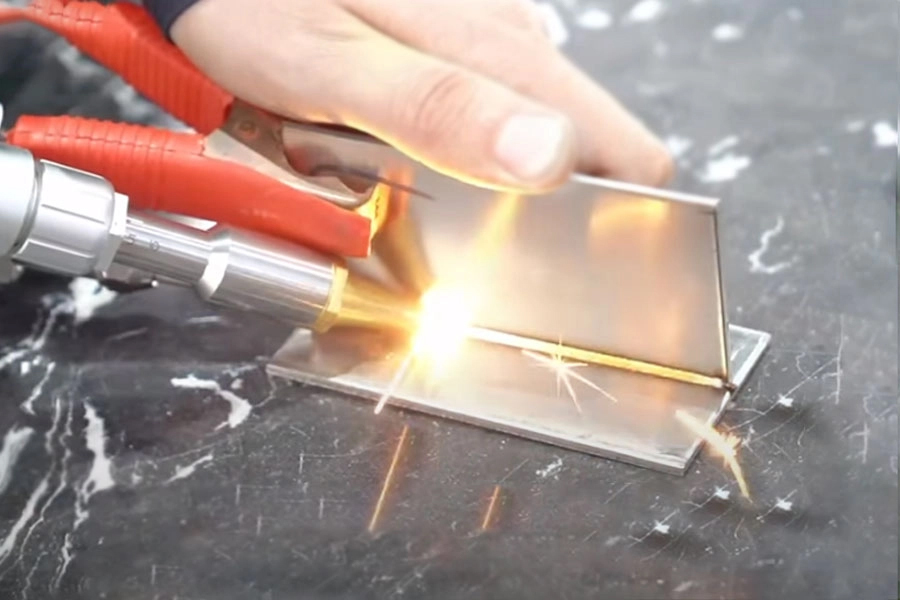
Final Thoughts
Handheld laser welders combine portability with unmatched precision, making them indispensable across diverse applications. Whether you’re a professional welder or a hobbyist, investing in this technology can significantly enhance your productivity and quality of work. For those seeking a versatile, cost-effective, and powerful welding solution, handheld laser welders stand as a game-changer.
This comprehensive guide provides all the essential details about handheld laser welders, ensuring you make an informed decision for your welding needs. For any queries or additional insights, feel free to explore further resources.
